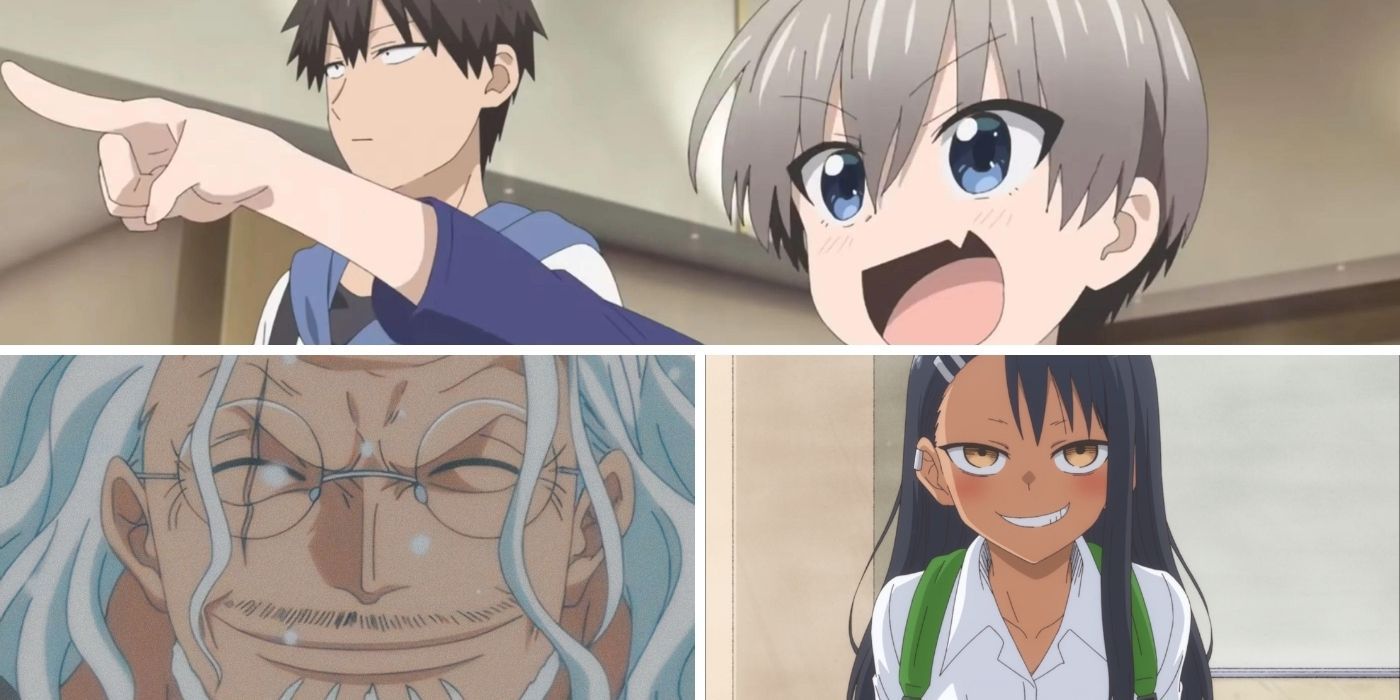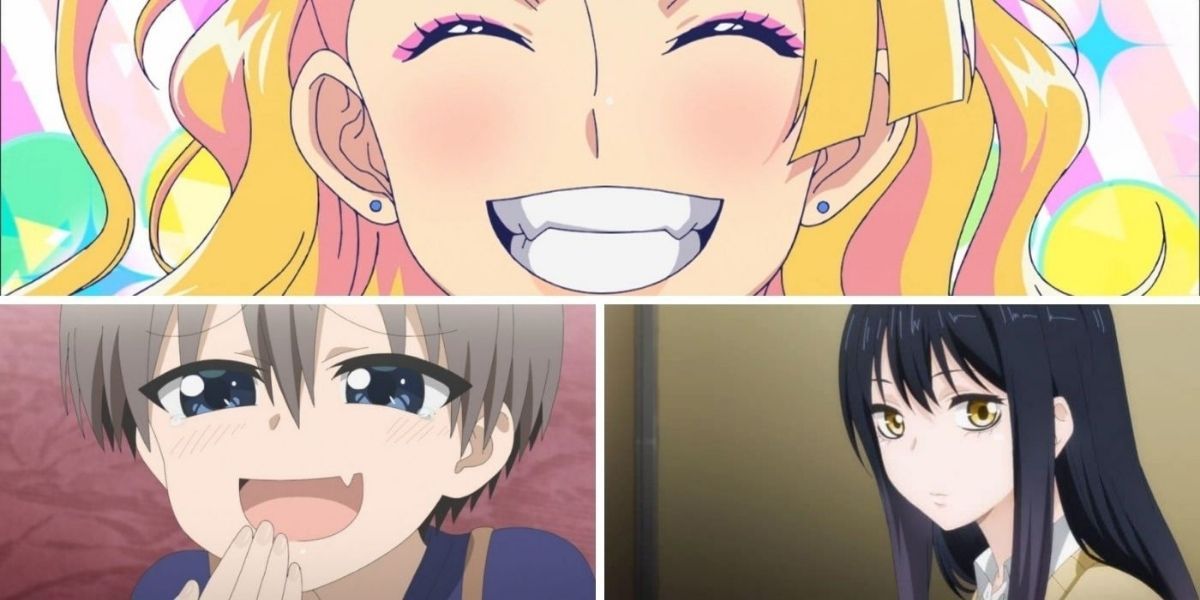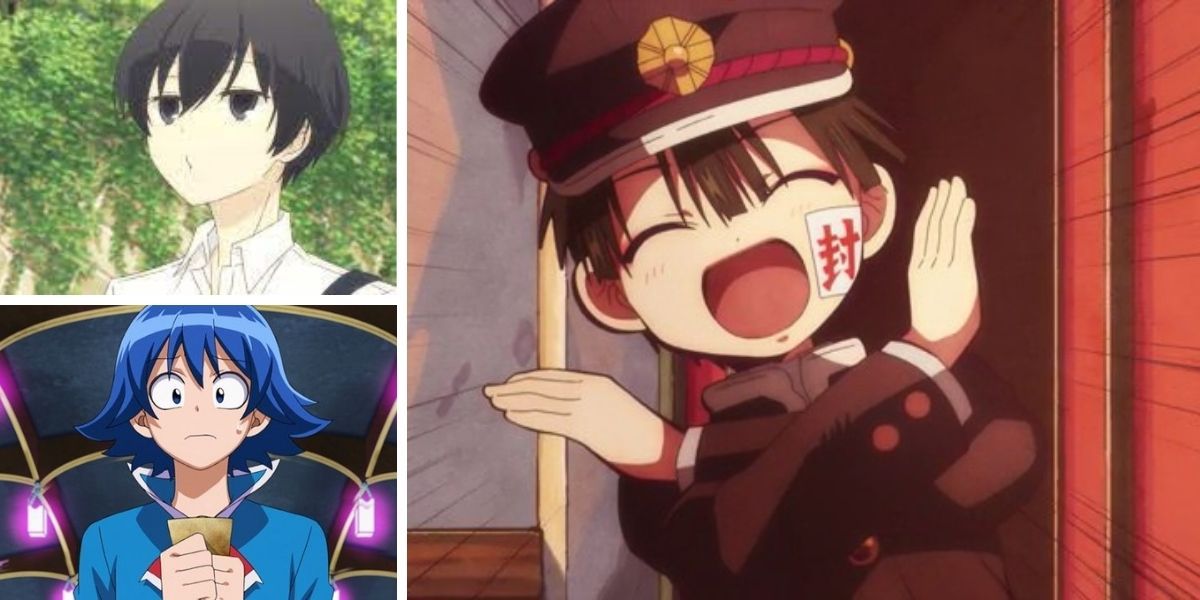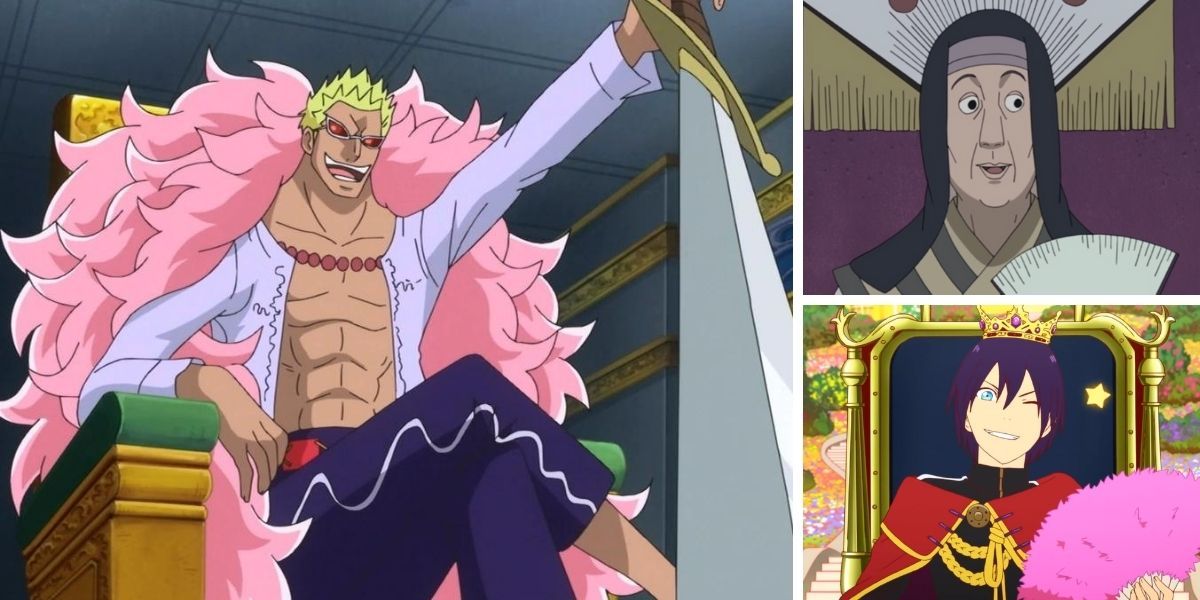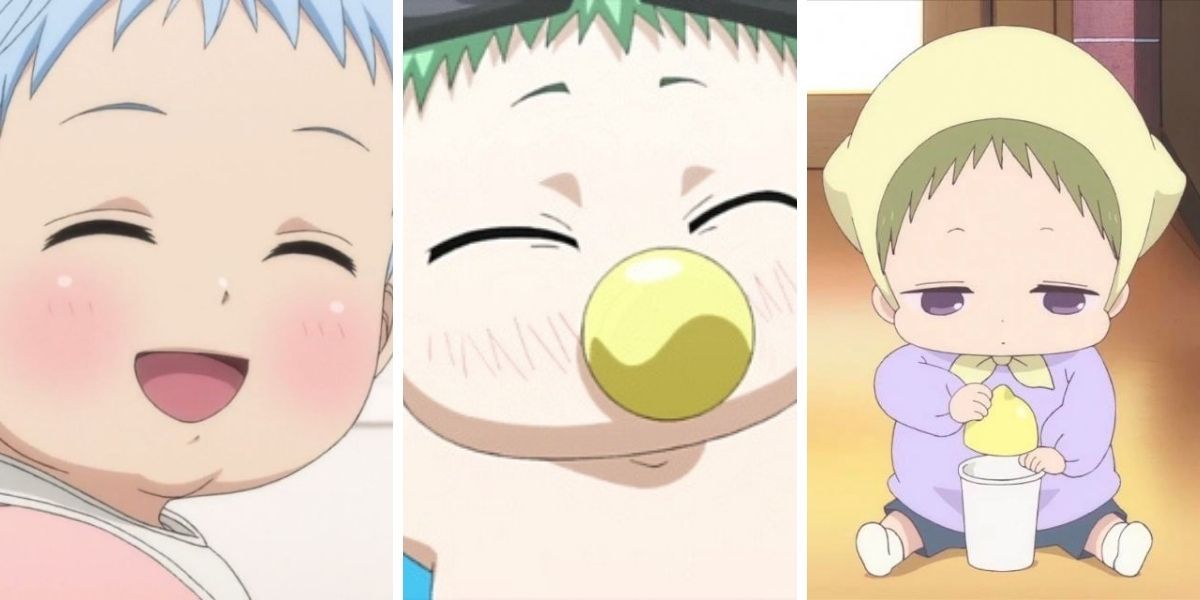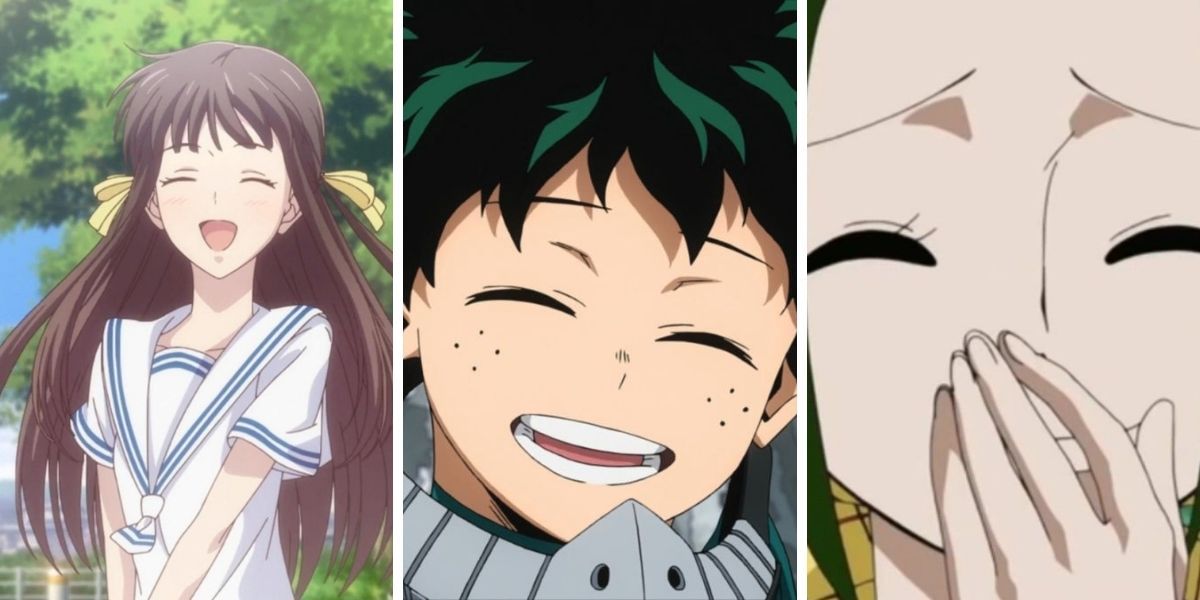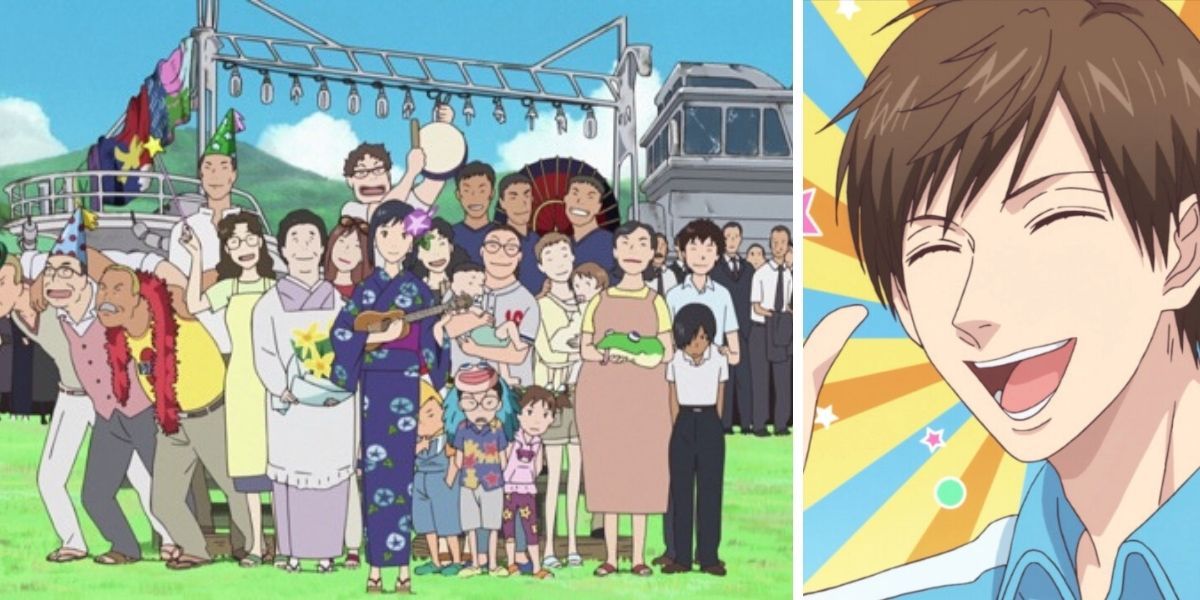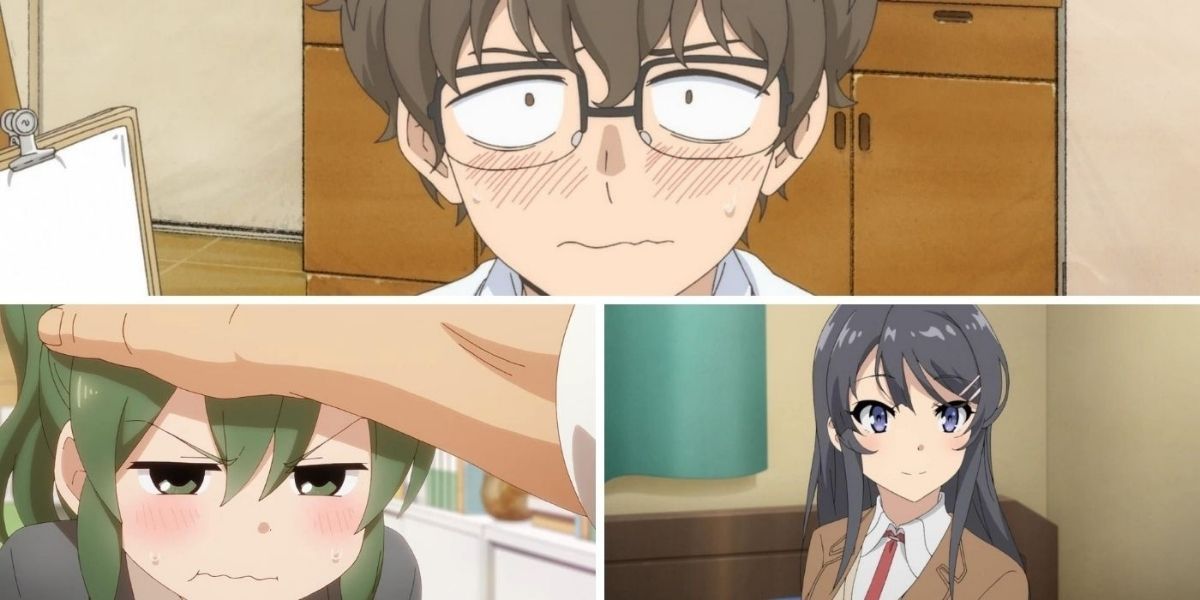Most people who haven't even seen a single series of anime would have been at least introduced to Japanese honorifics over the course of their lives through popular entertainment or media. They're constantly heard being spoken in Japanese conversation and seen even in the titles of anime. However, fans may not know what each of these honorifics means specifically.
Honorifics are an essential part of the Japanese language and indicate the closeness between individuals. They each have specific meanings and rules around their usage. Because of Japan's culture of politeness and formality, one must be careful when using these honorifics. A new speaker must be sure to understand the rules before using them, lest they risk seeming rude to a native speaker.
9 "-San" Is The Most Used Honorific
"-San" is the most commonplace honorific in anime and is used to address anyone regardless of age. It's the English equivalent to "Mr.," "Mrs.," "Ms.," and "Miss."
The Japanese language is polite by nature, so it's normal for individuals to use "-san" to address one another, whether they know each other or not. It's common for customers to address employees with "-san," such as bookstore employees—"Honya-san" with "honya" meaning "bookstore" and their managers. Children can also use "-san" when referring to animals and personifying them. For example, a child may call a bear "Kuma-san," but they usually grow out of this phase in a matter of years.
8 "-Chan" Is Mostly Used For Girls But Can Apply To Anyone
The honorific "-chan" is used mainly by girls when referring to their friends or family members. It adds a layer of cuteness to an already intimate relationship, sort of like a nickname. There are times when "-chan" is added to a boy's name, but it's not as common as girls.
One must be careful when using "-chan," though, because of its meaning. The honorific is very personal between the individuals using it and cannot be casually used with strangers. It may even come off as rude or uncomfortable to the other person.
7 "-Kun" Is Used To Address Young Boys But Can Also Apply To Anyone
In anime, the most common usage of "-kun" is when addressing young men and boys. However, older professionals use the honorific to address their subordinates in the workplace; it can apply to men, but it's also used when addressing a female worker. When used in this setting, it indicates a level of respect for the female colleague, compared to the cutesy "-chan."
6 "-Sama" Is Meant For Royalty Or Deities
The honorific "-sama" is only reserved for individuals of high statuses, such as royalty or even deities. Whether they're a king or a feudal lord, one must address them with "-sama" attached to the title. "-Sama" is also used to refer to guests or customers by employees to treat them with respect.
In anime, some characters will use the term "-sama" even if they aren't of higher status. Then it's used as a joke and, therefore, not taken seriously. Males who address themselves with "ore" will sometimes attach "-sama" to put themselves above others. Using "ore-sama" gives the viewer a good idea of their personality - usually someone highly arrogant and full of themselves.
5 "-Tan," Can "-Chan" Get Any Cuter?
The honorific "-tan" is meant to be an even cuter, more affectionate version of "-chan." Japanese children struggle to say "-chan" when they first start speaking, so it ends up sounding more like "-tan" instead. Using "-tan" helped evolve a form of baby talk equivalent to English baby talk. The sentence-ender "desu" is replaced by "dechu," similar to using the word "widdle" instead of "little." When using Japanese baby talk, another honorific "-sama" becomes "-chama" or "-tama."
4 "O-" And "Go-" Prefixes Add An Extra Level Of Politeness
Because Japan's language is steeped in formalities, their honorifics go above and beyond in politeness. Two of these are actually prefixes: "o-" and "go-" Japanese people use these honorifics when describing an individual, an item belonging to the individual, or the item by itself, especially in formal situations.
They're a tricky set of honorifics to use as, while they have the same meaning and function, whether "o-" or "go-" should be used depends on the word it's attached to. For example, when referring to a doctor, a speaker would include the prefix "o-" instead of "go-" to make "oisha-san."
3 Familial Honorifics Are Primarily Used In The Second Or Third Person
Despite its frequent use in anime, familial honorifics have varying connotations in everyday Japanese speech. When a speaker refers to their own family members, they will use different words to describe their mothers, fathers, or siblings from those when talking about someone else's family. For example, a speaker will use the word "haha" when addressing their own mother but use the "o-" prefixed "okaa-san" when talking about a listener's mother.
Similarly, if a speaker addresses their older brother, they will say "ani" instead of "onii-san," a term used to talk about the listener's older brother. It can also apply to an older male figure in general. For example, Uramichi Oniisan refers to the titular protagonist, but it's also the children's nickname for him because they don't know him too well. This usage shows respect when addressing the listener's family members, usually because the speaker doesn't know them too well.
2 "-Sensei" Is Used To Address Teachers
"Sensei" is an honorific that anime fans can spot right off the bat, mainly because many anime takes place in school settings. It's primarily used for teachers. Unlike "-san," which is equivalent to "Mr." or "Mrs.," using "-sensei" is more formal and more appropriate because the individual is an expert in their field. They're in a position to educate, placing them in a higher status. "Sensei" can also be used for other professions. The most common would be doctors, authors, and lawyers. All of them are considered experts in their field, so calling them "sensei" indicates they're of a higher status than a regular career person.
1 "-Senpai" Is Mainly Used In Work Or School Settings
Most Western fans use "-senpai" in a joking manner, but it's reserved for work and school in Japan. The honorific refers to an older or more experienced colleague or classmate, usually an admired or respected individual. These "senpai" are the main points of contact for new employees or first-year students. Compared to their supervisors or teachers, these upperclassmen or experienced co-workers are closer in age; younger or inexperienced individuals look to them for advice and can easily relate to them.

